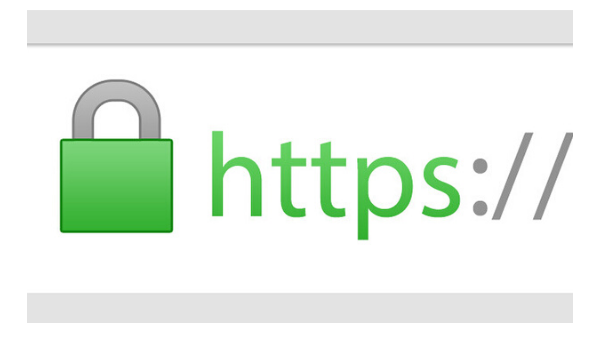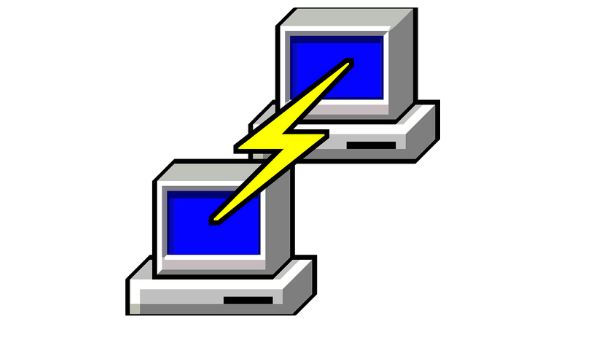My virtual people Blog
10 Web Technologies Every Web Developer Should Know (Part 5)

Web development originates with an enormous set of instructions, procedures, and protocols every web developer should recognize. If you want a website or web application to look and work as your/clients wish, then you must have to acknowledge with the technologies that will help you to achieve your goal.
If you want to produce a website or web application efficiently, you need to know web technologies. In part 1, we discussed the definition of web technology and also discussed the web browser’s which are commonly used nowadays. In parts 2 and 3, we discussed the HTML & CSS and also discussed some web development programming languages (Java, JavaScript, PHP, Ruby, C++, C#, Python). In our previous part-4, we have discussed some vastly used web development frameworks. In this part-5 we will discuss some web protocols.
5 - WEB PROTOCOL
Maximum time, folks browse the internet by using a web browser (such as Google Chrome, Mozilla Firefox, Internet Explorer, Safari, Opera-mini, UC Browser, etc.). In our previous part, we have already discussed broadly web browsers. Again, remind you, a web browser is a software application for repossessing, bestowing, and crisscrossing data or information resources on the www (World Wide Web). An information resource is acknowledged by a URI (Uniform Resource Identifier) and possibly will be a web page, image, video, or other portion of content.
A web browser tenancy your computer to interconnect with web servers around the biosphere and giving you the right information with fair a limited click away. Diverse web browsers have changed the technique of retrieving information or data, but one thing they have in similar is web protocols.
Web protocols are the technology used to transfer evidence crosswise the internet. For instance, a web browser habits these protocols to demand information or data from a web server, which is then presented on the browser curtain in the form of text and images. The degree to which users can relate to that information or data hinge on the web protocol.
Let’s talk about some web protocols.
1. HTTP: HTTP stands for Hypertext Transfer Protocol. It is the most extensively used web protocol. If we look at our web browsers address field maximum time, we will see every website start with "Http://". HTTP is a standard "client-server" web protocol. viewers connect a link on their web browser (the client), and the browser shows a request over the internet to a web server that communities the website the viewer demanded.

The server directs back the content of the website, such as text and images or videos, which show in viewers web browsers. Being the widely used protocol still, HTTP is an unsecured communications protocol for the reason that the information it sends back and forth amongst a browser and a server is unencrypted and can be interrupted by third parties.
2. HTTPS: HTTPS stands for Hypertext Transfer Protocol Secure. Secured web protocol HTTPS is alike to HTTP, but main dissimilar in that it syndicates with a security protocol called SSL/TLS to deliver secure client-server communications over unsecured webs, for instance, the internet.

HTTPS is the maximum time used in e-commerce websites that ask for private credentials.
3. Telnet: Telnet is one of the eldest web protocols similar to HTTP. Telnet web protocol is used to admittance remote servers.

Though, distinct HTTP, wherever you only request exact files, Telnet web protocol is used to in point of fact log on to the remote server and accomplish occupations as if you were sitting in front of the server lethal. Nowadays Telnet is rarely used due to its insecurity.
4. FTP: FTP stands for File Transfer Protocol. As the name hint at, the FTP (File Transfer Protocol) is principally castoff to transfer files such as documents, images, videos, music, etc., amongst remote computers.

5. REST: Rest protocol mainly used for API’s (Application programming interface). REST protocol has standard methods likes GET, POST, PUT, etc. That’s why it let information or data to be replaced between applications.

For better web security you must have to be acknowledged with web protocols.


No comments yet